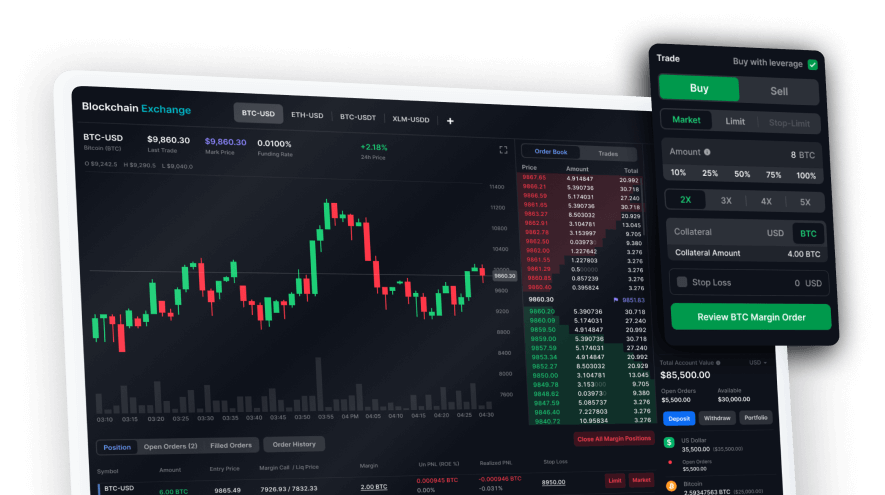











A brief history
The Neutrino USD network was created by the Waves protocol which was founded by Aleksandr Ivanov, a Russian tech entrepreneur. The Neutrino USD network, operating as a Defi toolkit, has a variety of features that differentiate it from other protocols developed by the Waves blockchain. One of the main aims of the Neutrino protocol is for its assets to be accessible across various blockchain networks. At the moment, USDN is available in the Ethereum and Binance Smart Chain ecosystems through gateways launched by Waves. Where Neutrino differentiates itself from other stablecoins is that it uses an algorithmic approach that uses a native token of a public blockchain platform (such as ETH, WAVES or ATOM) as a reserve currency locked on the smart contract. Thus, there can be different variations of Neutrino-based stablecoins, depending on which external asset it is pegged to.
USDN in practice
USDN (US Dollar Neutrino) is a stablecoin token on the Waves platform. USDN generation is made possible by a system of smart contracts and is carried by Neutrino users. The decrease in USDN supply is also controlled by the users themselves, and any account on the Waves platform can become a Neutrino user. Any deviation from $1 is compensated by the arbitration mechanism. If the price should drop below $1, the mechanisms sell the NSBT token at a cheaper price to users. This allows users future profitability. If the price rises above $1, the contract provides a reserved fund for the protocol when the price decreases.
